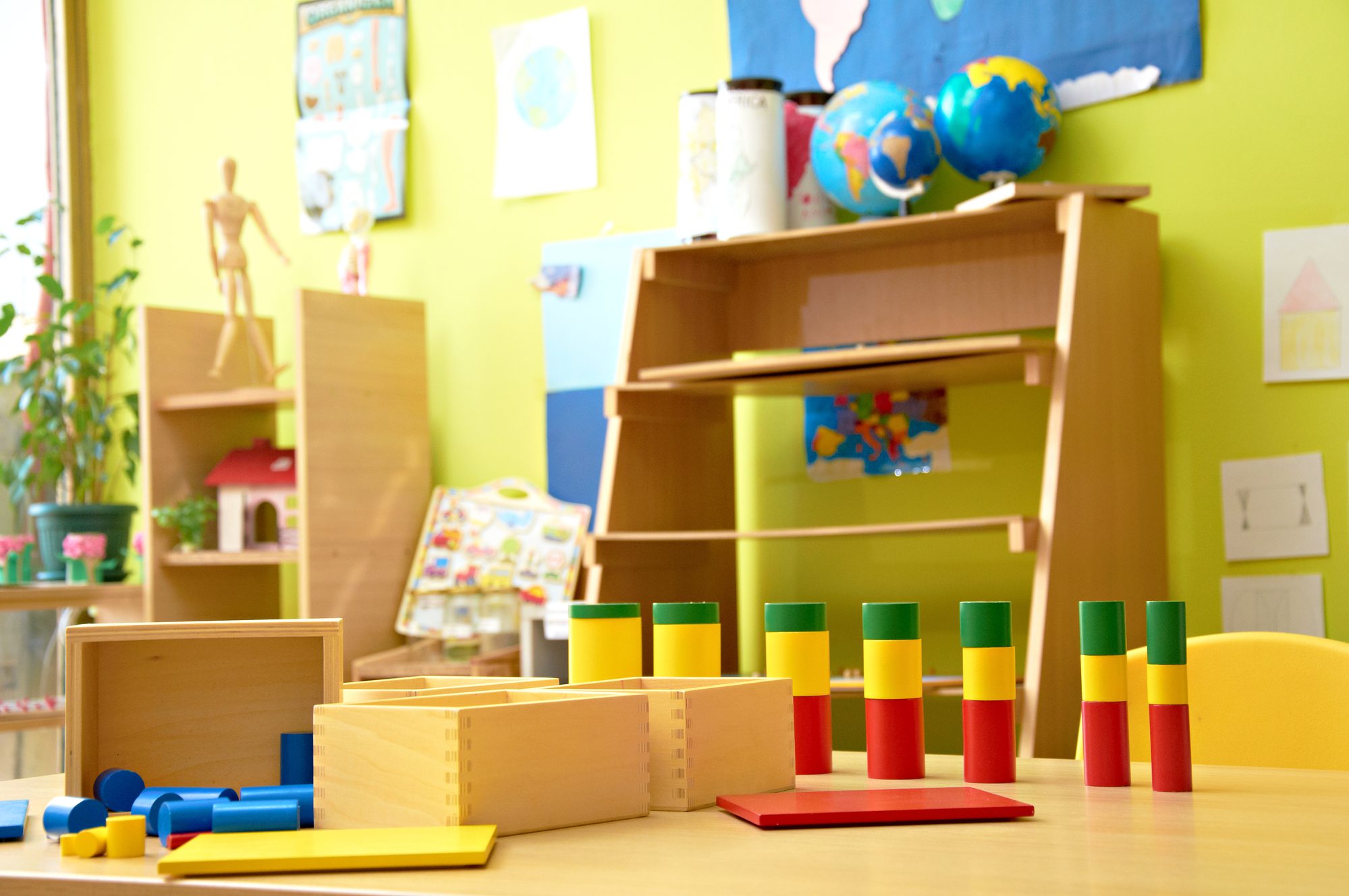
28 Mar How Montessori is Different from Traditional Schools
Just because someone has heard of the term “Montessori school” doesn’t mean they know what one is. Usually, the idea is that Montessori is an alternative to traditional schools, and it doesn’t go too far beyond that. That belief is correct, but there is more to it. Here are a few ways in which Montessori schools differ from traditional private and public schools.
School and Classroom Design
Montessori classrooms are designed for each developmental level to provide students with age-appropriate choices in how they want to learn and explore. If students want to work in groups, there are areas for that. If students want to work alone, they are free to do so.
Furthermore, each subject matter is organized into its own clearly-defined space and put together to encourage students to use materials to learn a certain lesson.
- Traditional Classroom
- Montessori Classroom
Multi-Age Classrooms
Children are typically grouped with others their same age in traditional classrooms. In Montessori schools, children are placed into multi-age classrooms, typically in three-year age groups.
With this multi-age classroom, students are taught from an early age the skills needed for role modeling, helping others and being accessible. Every third year, the cycle begins again as students learn from the older students in the classroom before becoming role models themselves in their third year.
Student-Directed Learning
Under the guidance of teachers and with classrooms designed to promote curiosity, children at Montessori schools are encouraged to be self-motivating. The idea is that through challenging students to investigate what interests them, they will be more engaged and excited to learn.
Different is Necessary
At Sugar Mill Montessori, we believe that an alternative to the traditional classroom is necessary for preparing your child for the best future possible.





Sorry, the comment form is closed at this time.